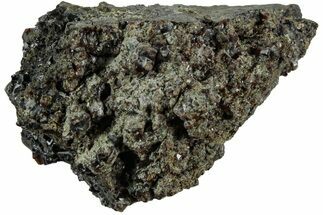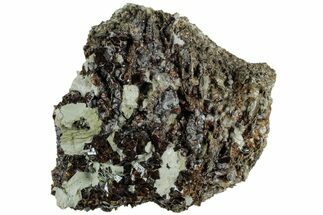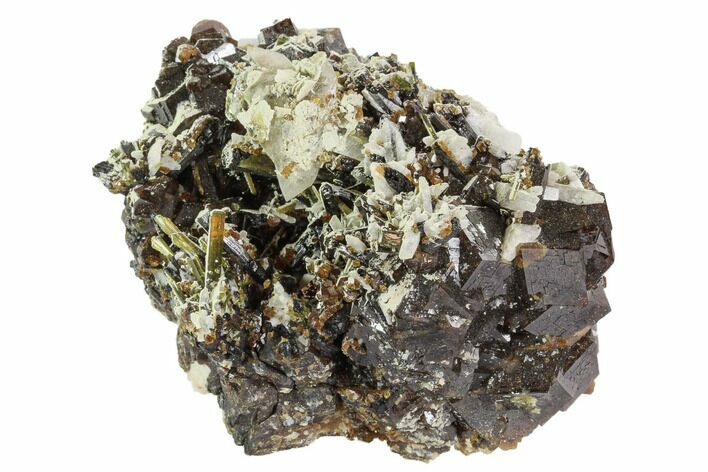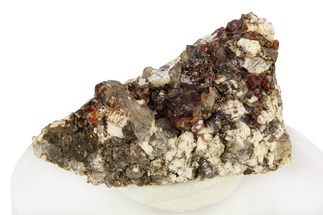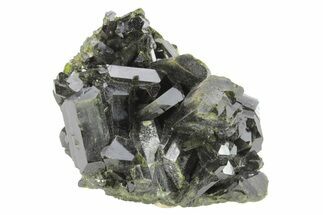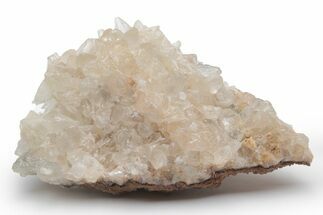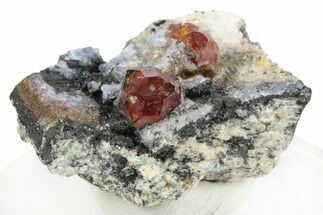This Specimen has been sold.
3.3" Garnet Cluster with Calcite, Feldspar and Epidote - Pakistan
This garnet centered specimen comes from a location in Pakistan, where associations of deep orange/brown garnets, feldspar, golden mica and green epidote. The garnets from this location display a unique pattern, which can be seen along the faces of the crystals when rotated under light.
Calcite, CaCO3, is a carbonate mineral and the most stable polymorph of calcium carbonate. The other polymorphs are the minerals aragonite and vaterite. Calcite crystals are trigonal-rhombohedral, though actual calcite rhombohedra are rare as natural crystals. However, they show a remarkable variety of habits including acute to obtuse rhombohedra, tabular forms, and prisms. Calcite exhibits several twinning types adding to the variety of observed forms. It may occur as fibrous, granular, lamellar, or compact. Cleavage is usually in three directions parallel to the rhombohedron form.
Epidote is a green silicate mineral that is commonly found in regionally metamorphosed rocks. It often forms lustrous, elongated, and interconnected crystals that are highly coveted by collectors. While nearly all epidote is green, it may take on many different shades and tones from yellowish to deep green.
Feldspars are a group of rock-forming tectosilicate minerals. They are the most common minerals on Earth, making up nearly 60% of the crust.
Garnets are nesosilicates with the general formula X3Y2(SiO4)3. Garnets come in many species, including pyrope, almandine (the most common species), spessartine, uvarovite, andradite and grossular, varieties of which are hessonite, cinnamon-stone, and tsavorite. Garnets are found in a wide variety of colors including red, orange, yellow, green, purple, brown, blue, black, pink, and colorless, though reddish shades are the most common.
SPECIES
Garnet, Epidote, Calcite & Feldspar
LOCATION
Raskoh, Kharan, Balochistan, Pakistan
SIZE
3.3 x 2.5"
CATEGORY
SUB CATEGORY
ITEM
#100428
 Reviews
Reviews
